As global temperatures continue to rise, the demand for energy-efficient desk fans is surging. In 2025, the desk fan market is expected to expand rapidly, driven by innovations in smart technology and sustainability. Business buyers, including wholesalers and retailers, are poised to capitalize on these trends by selecting products that align with consumer preferences and environmental regulations. Understanding these market dynamics is crucial for optimizing inventory and maximizing profits in the competitive global landscape.
Table of Contents:
– Growing Demand in the Desk Fan Market
– Key Insights into the Desk Fan Industry
– Key Factors to Consider When Choosing Desk Fans
– Advanced Features: Going Beyond Basic Desk Fans
– Evaluating Durability and Maintenance Needs
– Wrapping Up
Growing Demand in the Desk Fan Market
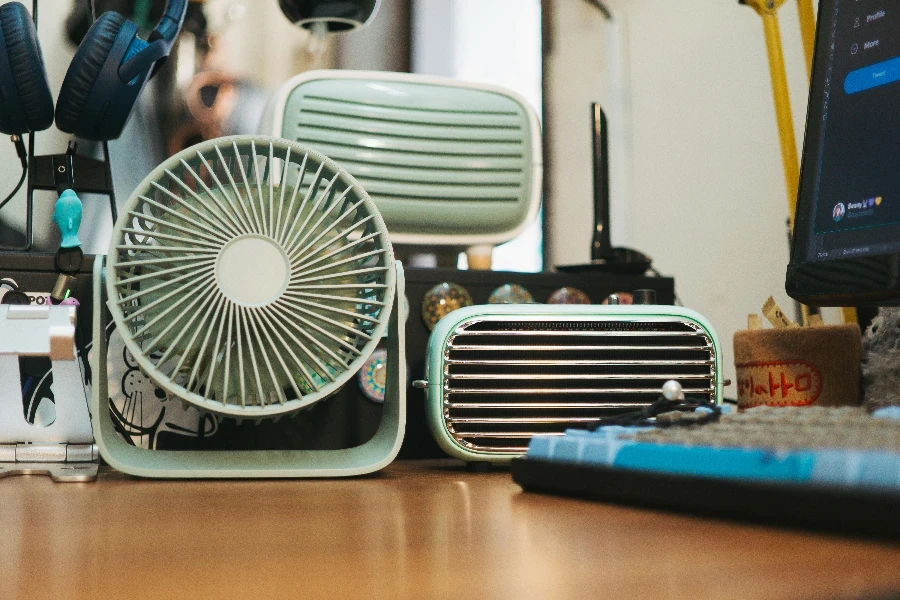
The personal cooling device market, which includes desk fans, is experiencing significant growth. By 2030, the market for personal air conditioners and desk fans is expected to reach $5.8 billion, with a compound annual growth rate (CAGR) of 4.1%. The U.S. market alone was estimated at $1.8 billion in 2023, while China’s market is forecasted to grow at a 4.5% CAGR, reaching $1.5 billion by 2030. This growth is fueled by increasing temperatures globally and a rising demand for energy-efficient cooling solutions.More consumers are favoring desk fans due to their lower energy consumption compared to traditional air conditioning systems as they become more environmentally conscious.
Market growth is further supported by technological advancements, such as smart features and improved energy efficiency. Innovations in design and functionality, like portable and compact models, meet the growing consumer preference for convenience and versatility. These developments are likely to attract a broader consumer base, boosting market expansion in the coming years.
Key Insights into the Desk Fan Industry
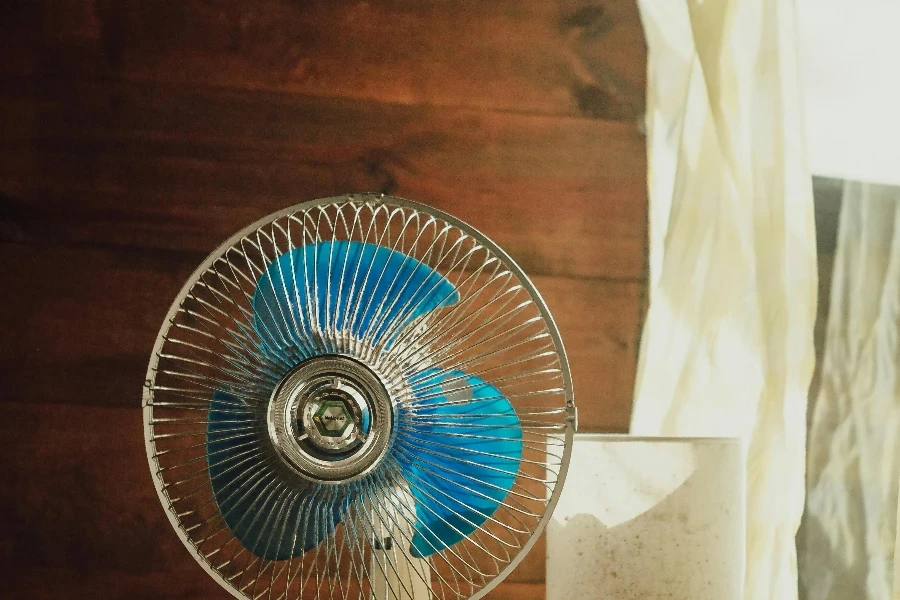
The desk fan industry is marked by various performance benchmarks and market dynamics. Key indicators include energy efficiency ratings, noise levels, and airflow capacity, crucial for consumer satisfaction and regulatory compliance. The market is fragmented, with many players competing through product innovation and strategic partnerships.
Economic factors, such as rising disposable incomes and increased awareness of climate change, are shifting consumer behavior toward sustainable cooling solutions. Seasonal demand patterns are evident, with higher sales during warmer months, particularly in regions with extreme temperatures. Distribution channels are evolving, with a growing focus on e-commerce platforms, offering convenience and a wider product selection.
Recent innovations in the desk fan market include smart connectivity features, enabling users to control devices remotely via mobile apps. Product lifecycle stages are shortening as manufacturers strive to keep pace with technological advancements and consumer expectations. Digitalization and social trends influence brand positioning strategies, with companies emphasizing eco-friendly and energy-efficient products to stand out in the competitive landscape. Environmental regulations further shape the industry, prompting manufacturers to adopt sustainable materials and practices.
Key Factors to Consider When Choosing Desk Fans
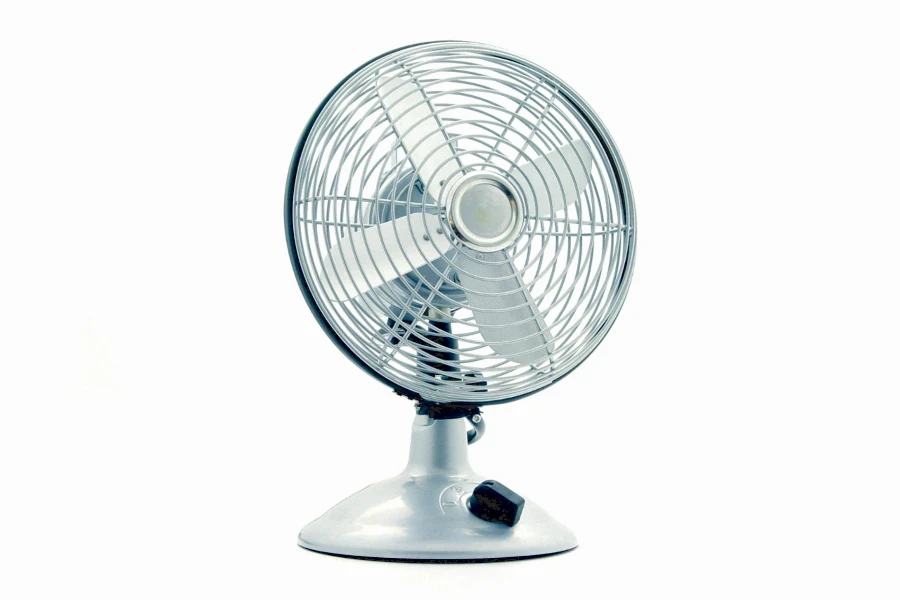
Whether it’s for personal comfort or enhancing workplace productivity, understanding these elements will guide you toward an informed decision.
1. Types and Styles
Desk fans come in various types and styles, each offering distinct advantages. Traditional oscillating fans are common, providing widespread air circulation across a room. These fans typically feature adjustable speeds and angles, making them versatile for different settings. Tower fans offer a sleek design that fits well in modern office environments, often incorporating features like remote control and air purification.
USB-powered fans are increasingly popular due to their portability and convenience. These fans are ideal for personal use at a desk, easily powered by a computer or a power bank. Clip-on fans provide targeted airflow by attaching directly to a desk or shelf. Each type serves a particular purpose, so consider where and how you intend to use the fan when making your selection.
2. Performance and Functionality
The performance of a desk fan can be evaluated based on airflow capacity, measured in cubic feet per minute (CFM). Higher CFM indicates greater air movement, which is essential for cooling larger areas or warmer climates. The number of speed settings also contributes to a fan’s functionality. Most fans offer at least three speed settings, allowing users to adjust the airflow according to their comfort level.
Another important aspect is the oscillation feature, which enables the fan to move from side to side, covering a wider area. Some advanced models also include timers and programmable settings, providing added convenience for users who wish to automate their cooling preferences. Noise levels, measured in decibels, are crucial, especially in quiet environments like offices or bedrooms.
3. Design and Aesthetics
The design and aesthetics of a desk fan can significantly impact the ambiance of a space. Modern fans often incorporate minimalist designs with clean lines and neutral colors that blend seamlessly into contemporary decor. Some models feature LED displays or touch controls, adding a high-tech feel to their functionality.
For those who prefer a retro or vintage look, there are fans with brass or copper finishes, reminiscent of early 20th-century designs. These models not only provide effective cooling but also serve as decorative pieces. When selecting a fan, consider how it will complement the existing decor and whether its size and shape are suitable for the intended space.
4. Technical Specifications
Understanding the technical specifications of a desk fan is essential for ensuring it meets your specific needs. Key specifications include the fan’s power source, whether it’s AC or USB, and its power consumption, typically measured in watts. Energy-efficient models help reduce electricity bills while still providing adequate cooling.
The fan’s dimensions and weight are also important, particularly if the fan needs to be moved frequently or placed in a confined space. Additionally, consider the material construction, as durable materials like metal or high-quality plastics can extend the fan’s lifespan and enhance its performance.
5. Safety Standards and Certifications
Safety standards and certifications are crucial considerations when purchasing a desk fan. Look for fans that have been tested and certified by recognized safety organizations, such as Underwriters Laboratories (UL) or the European Conformity (CE). These certifications ensure that the fan meets safety requirements and reduces the risk of electrical hazards.
Features like a stable base, protective grills, and automatic shut-off mechanisms are also important for preventing accidents, especially in households with children or pets. Always review the safety features and certifications before making a purchase to ensure peace of mind.
Advanced Features: Going Beyond Basic Desk Fans
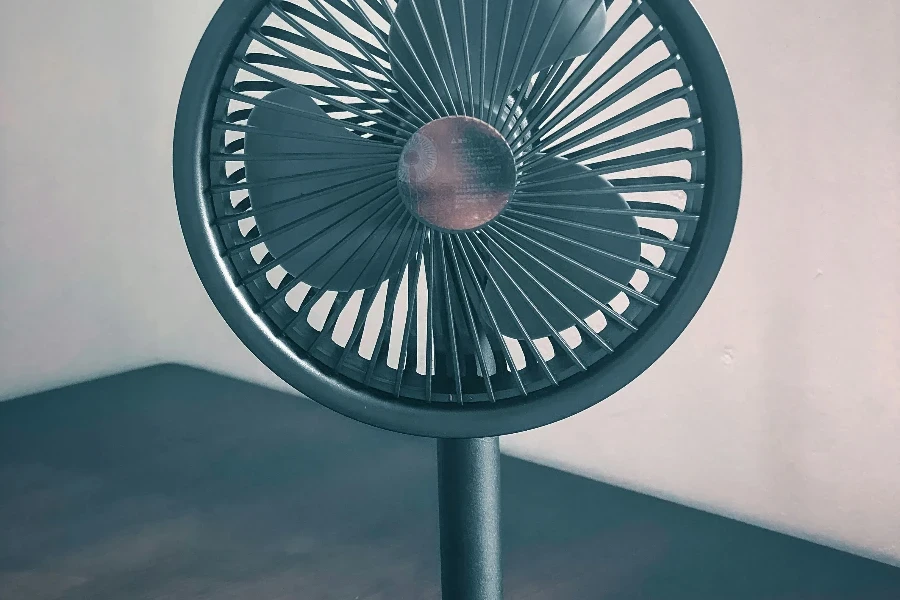
In recent years, desk fans have evolved to include advanced features that enhance user experience and functionality. These innovations cater to varied consumer needs, offering more than just basic cooling.
a. Smart Connectivity
Many modern desk fans now come equipped with smart connectivity options, allowing users to control them via smartphones or voice assistants like Amazon Alexa or Google Assistant. This feature provides convenience and flexibility, enabling users to adjust fan settings remotely or integrate the fan into a broader smart home ecosystem.
Smart fans often include features such as scheduling and automation, which can help optimize energy use by operating the fan only when needed. Additionally, some models offer data analytics, providing insights into usage patterns and energy consumption.
b. Air Purification and Ionization
Some desk fans now incorporate air purification technologies, such as HEPA filters or ionizers, which improve indoor air quality by removing allergens, dust, and other pollutants. This dual functionality is particularly beneficial for individuals with allergies or respiratory issues.
Ionizing fans release negative ions that attach to airborne particles, causing them to settle out of the air. This feature not only cools the air but also creates a cleaner and healthier environment, making these fans an excellent choice for health-conscious consumers.
c. Eco-Friendly and Energy-Efficient Options
With growing environmental awareness, many manufacturers are focusing on creating eco-friendly and energy-efficient desk fans. These models often use less power, thanks to innovative motor technologies and aerodynamic designs that maximize airflow while minimizing energy consumption.
Solar-powered fans are a niche yet emerging option, using solar panels to harness energy from the sun. While these models are currently less common, they represent a sustainable choice for environmentally conscious consumers looking to reduce their carbon footprint.
Evaluating Durability and Maintenance Needs
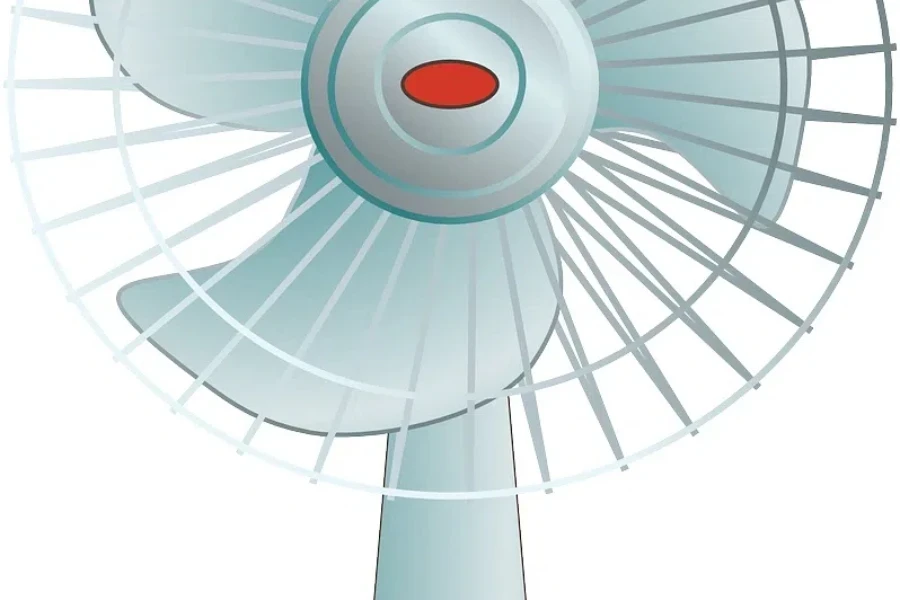
The longevity and maintenance requirements of a desk fan are crucial factors that affect its overall value and user satisfaction. Understanding these aspects can lead to a more informed purchase decision.
Build Quality and Materials
The build quality of a desk fan significantly influences its durability. Fans constructed with high-quality materials, such as metal frames and robust plastics, tend to last longer and withstand regular use. Metal fans, while heavier, offer superior durability and are less prone to damage compared to their plastic counterparts.
When evaluating a fan’s build quality, consider the construction of moving parts, such as blades and motors, as these components are subject to wear and tear. Fans with brushless motors are known for their longevity and quieter operation, making them a preferred choice for many consumers.
Maintenance Requirements
Regular maintenance is necessary to keep a desk fan operating efficiently. Most fans require periodic cleaning to remove dust and debris that can accumulate on the blades and motor. Models with detachable grilles make this process easier, allowing users to access and clean internal components without difficulty.
Some advanced fans include self-cleaning features or filters that need to be replaced periodically. Understanding the maintenance requirements of a fan before purchasing can help ensure it remains in optimal condition and prolongs its lifespan.
Warranty and Customer Support
A comprehensive warranty and reliable customer support are indicators of a manufacturer’s confidence in their product. Look for fans that offer at least a one-year warranty, covering defects in materials and workmanship. Extended warranties or service plans can provide additional peace of mind.
Customer support services, such as accessible hotlines, online chat, or email assistance, are invaluable for addressing any issues that may arise during the fan’s use. Before purchasing, review the manufacturer’s reputation for customer service to ensure a satisfactory post-purchase experience.
Wrapping Up
Selecting the right desk fan involves considering various factors, from performance and design to advanced features and durability. By understanding these elements, you can make an informed decision that enhances your comfort and meets your specific needs.



